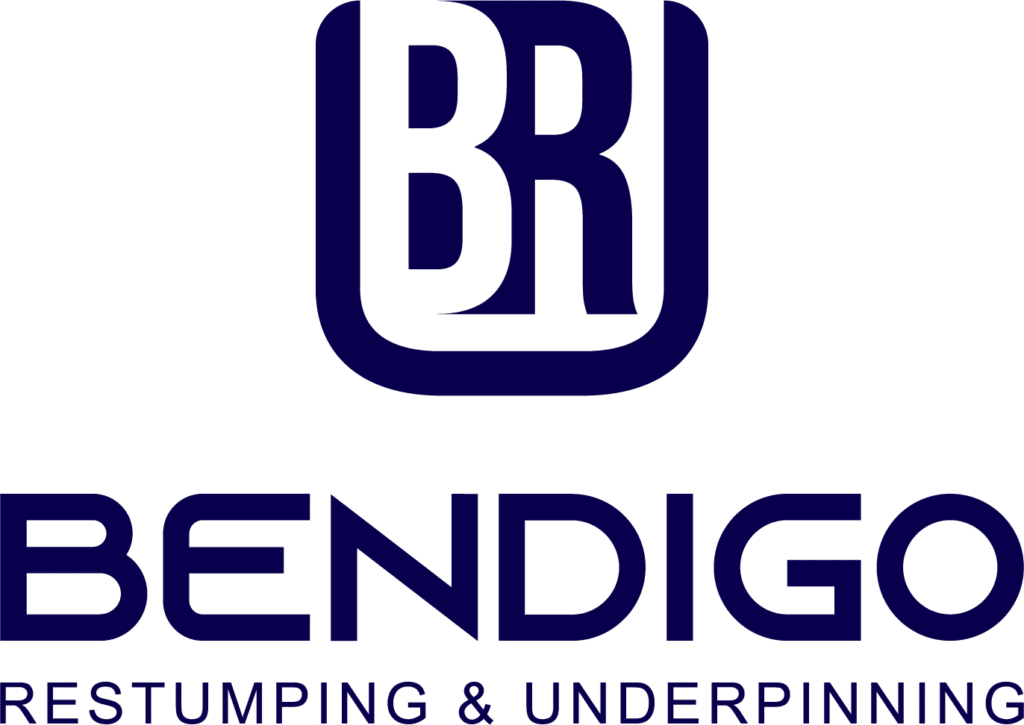Signs that your business property may need underpinning include visible cracks in walls or ceilings, uneven or sloping floors, and doors or windows that are hard to open. Water damage or leaks in the basement and sagging or bouncing floors are also common culprits.
Whether you plan on restumping a house or a commercial space, these issues indicate potential foundation problems that underpinning can address.
In this post, we’ll discuss more on each of these signs to help you decide when to get underpinning.
Cracks in Walls or Ceilings
Cracks in walls or ceilings are a significant sign that your business property might be facing issues with foundation stability. These cracks can appear as small, hairline fractures or develop into larger, more noticeable fissures. They are often caused by the natural settling of the building but can also indicate more serious problems such as soil movement or erosion.
Horizontal cracks are particularly concerning, as they suggest lateral pressure on the walls. Vertical or diagonal cracks might also indicate differential settling of the foundation, where different parts of the building are sinking at different rates.
Uneven Floors or Sloping Foundations
Uneven floors or sloping foundations are telltale signs that a building may require underpinning. This condition often indicates that the soil beneath the foundation is shifting or settling unevenly, leading to a misalignment in the building’s structure. Such irregularities can manifest as floors that feel uneven underfoot or visibly slope in certain areas.
Sloping floors pose a safety risk and suggest significant structural issues. Addressing this problem early with proper assessment and underpinning can prevent further damage to the building.

Doors or Windows That Stick or Are Difficult to Open
Doors or windows that stick or are difficult to open can be a subtle yet telling sign that a building may need underpinning. This issue often arises when the structure of a building shifts, causing misalignment in frames. Such sticking or jamming is not always due to humidity or aging but can indicate deeper foundational changes.
When doors and windows no longer fit their frames correctly, it suggests that the building’s foundation is moving, potentially compromising its structural integrity.
Water Damage or Leaks in the Basement or Crawl Space
Water damage or leaks in the basement or crawl space are critical indicators that underpinning may be necessary. Persistent dampness, water stains, or pooling water in these areas often point to foundational weaknesses. These issues can stem from poor drainage or cracks in the foundation, exacerbated by underpinning mistakes or inadequate waterproofing.
Such water intrusion not only threatens the structural integrity of the building but also poses health risks due to mould and mildew growth.
Sagging or Bouncing Floors
Sagging or bouncing floors are significant indicators that a building might require underpinning. These issues usually arise when the foundation cannot adequately support the structure, leading to a noticeable give or dip in the flooring.
Such sagging when walking across a room points to underlying structural problems. It implies that the foundation may be weakened or compromised due to soil instability or degradation over time.

